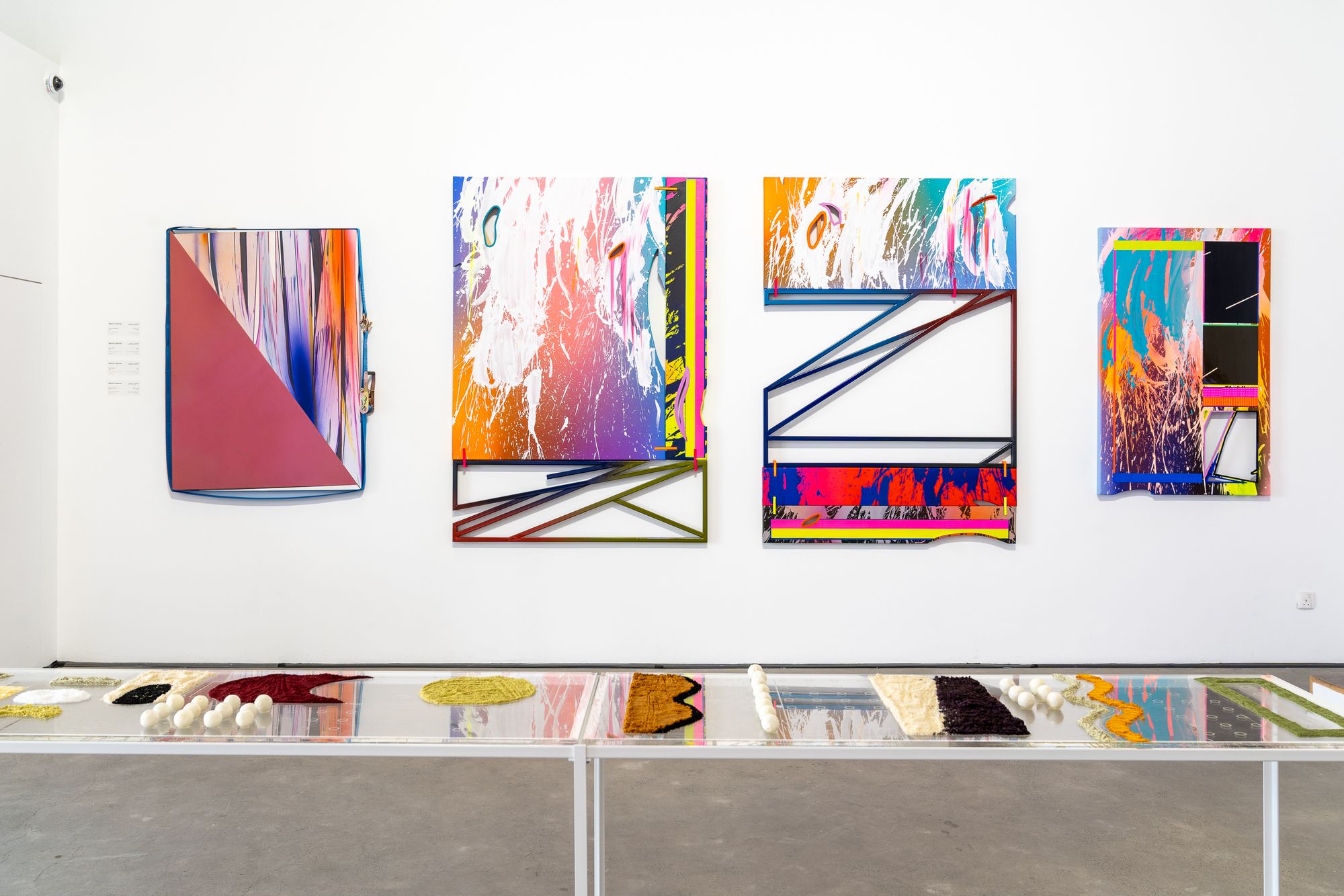An exhibition called New Perspectives on Hungarian Abstract Art opens as part of the Art Week Dubai, which was the first stop of the world tour. The Hungarian Pavilion presented a colorful selection from the collection of the Hungarian National Bank, featuring prominent figures of the young abstract generation and an edible food design installation.
Following international practices and examples, the Hungarian National Bank finds the support of contemporary artists and art collections crucial. The exhibition’s aim was to open dialogue between the abstract voices of the Arab and Hungarian art scene, presenting a fresh overview of the new up-and-coming generation of Hungarian artists. In Hungary, the notion of abstraction has always been connected to the idea of progressivity: artists have focused on merging the global and the local, the contemporary and the timeless.
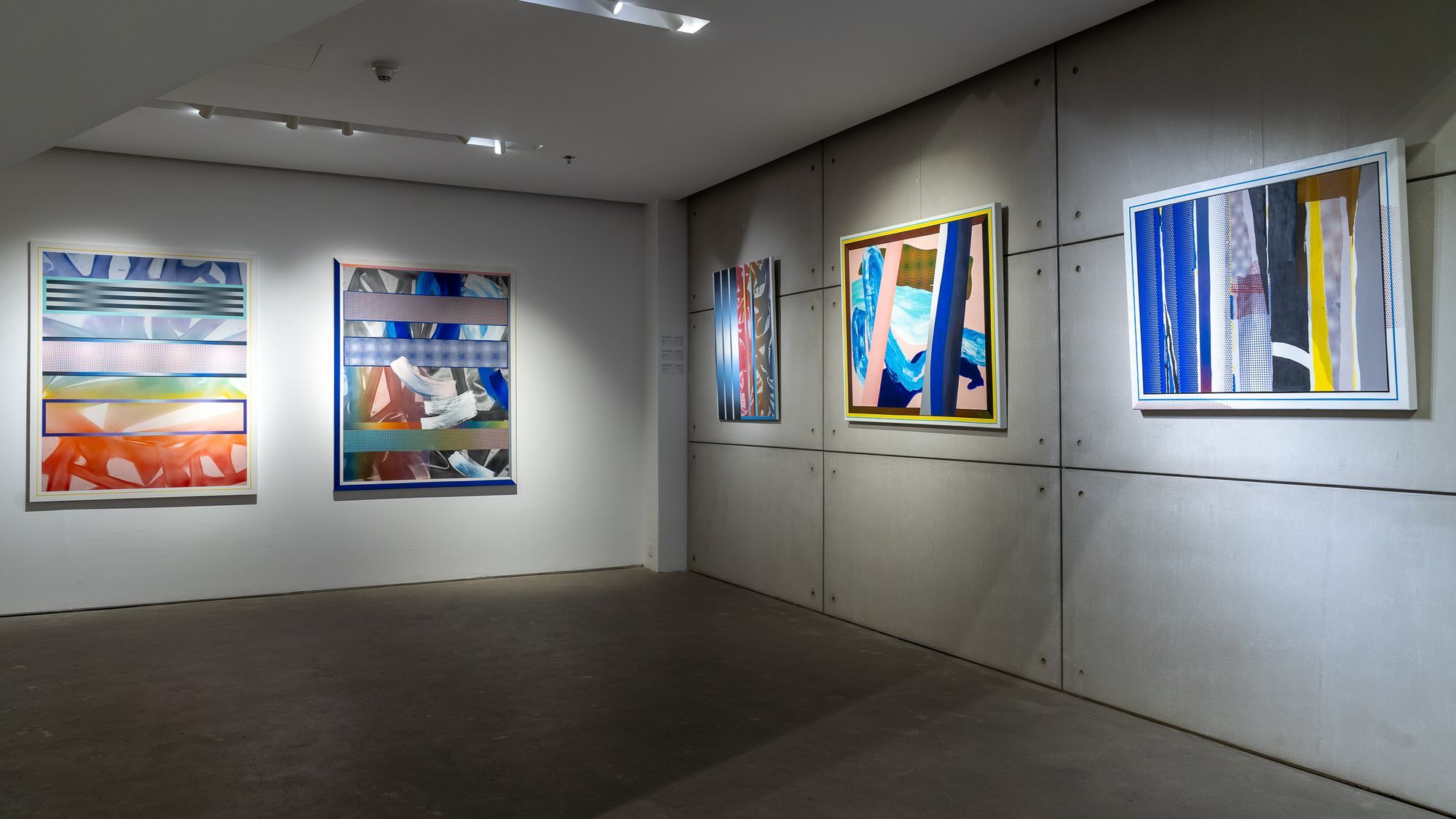
“The talent in our country is truly amazing and they’re producing groundbreaking art in new and inventive ways. Many are embracing new senses and experiences as part of their art and we wanted to share these new ideas and forms with the art world, and there was no better place to start than in Dubai—where innovation, breaking boundaries and pioneering is woven into the fabric of society. Our mindsets are very similar, and we wanted to demonstrate our commonalities and bridge our rich cultural diversities through the medium of art and culture,” says Kinga Hamvai, leader of MNB Arts and Culture.
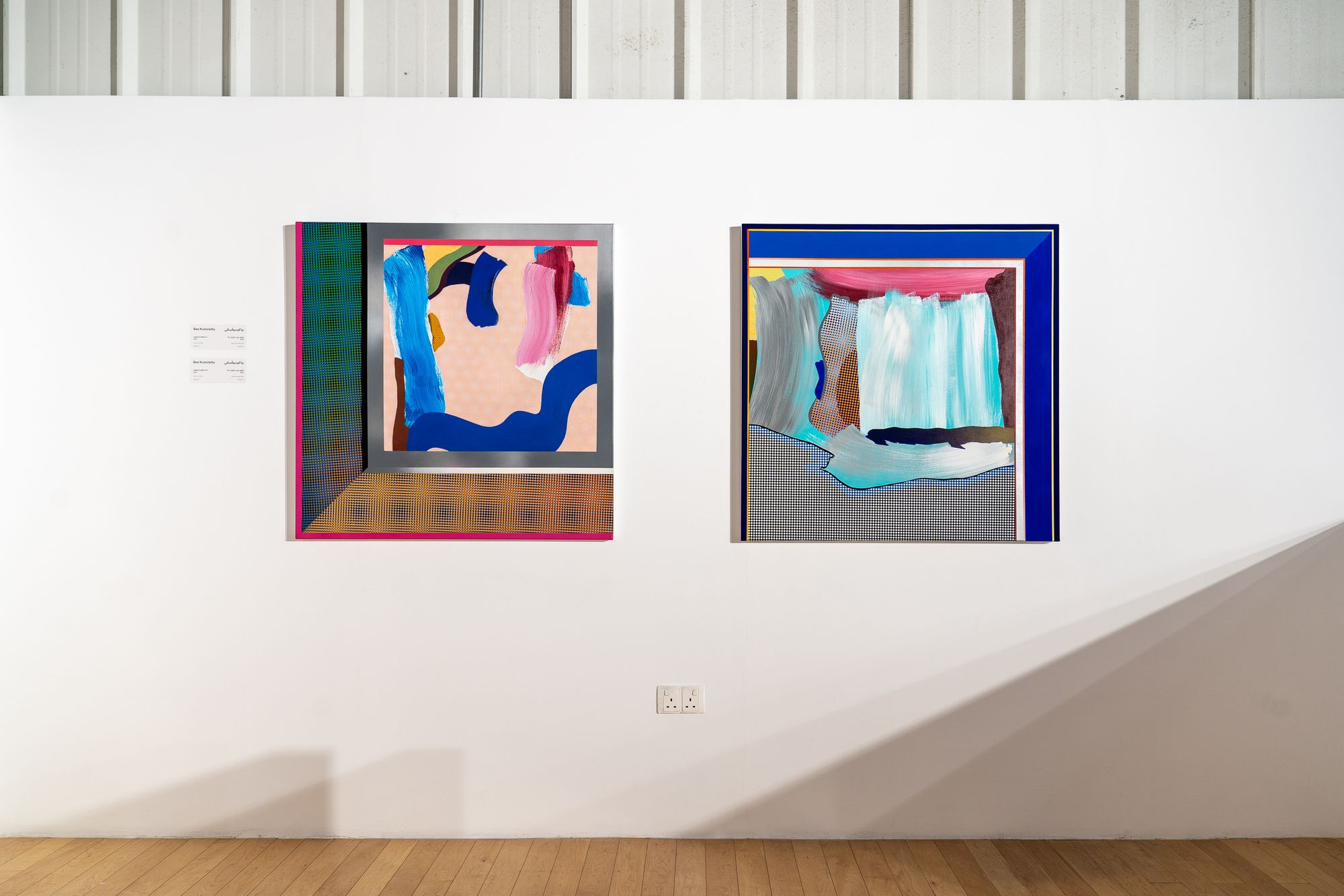
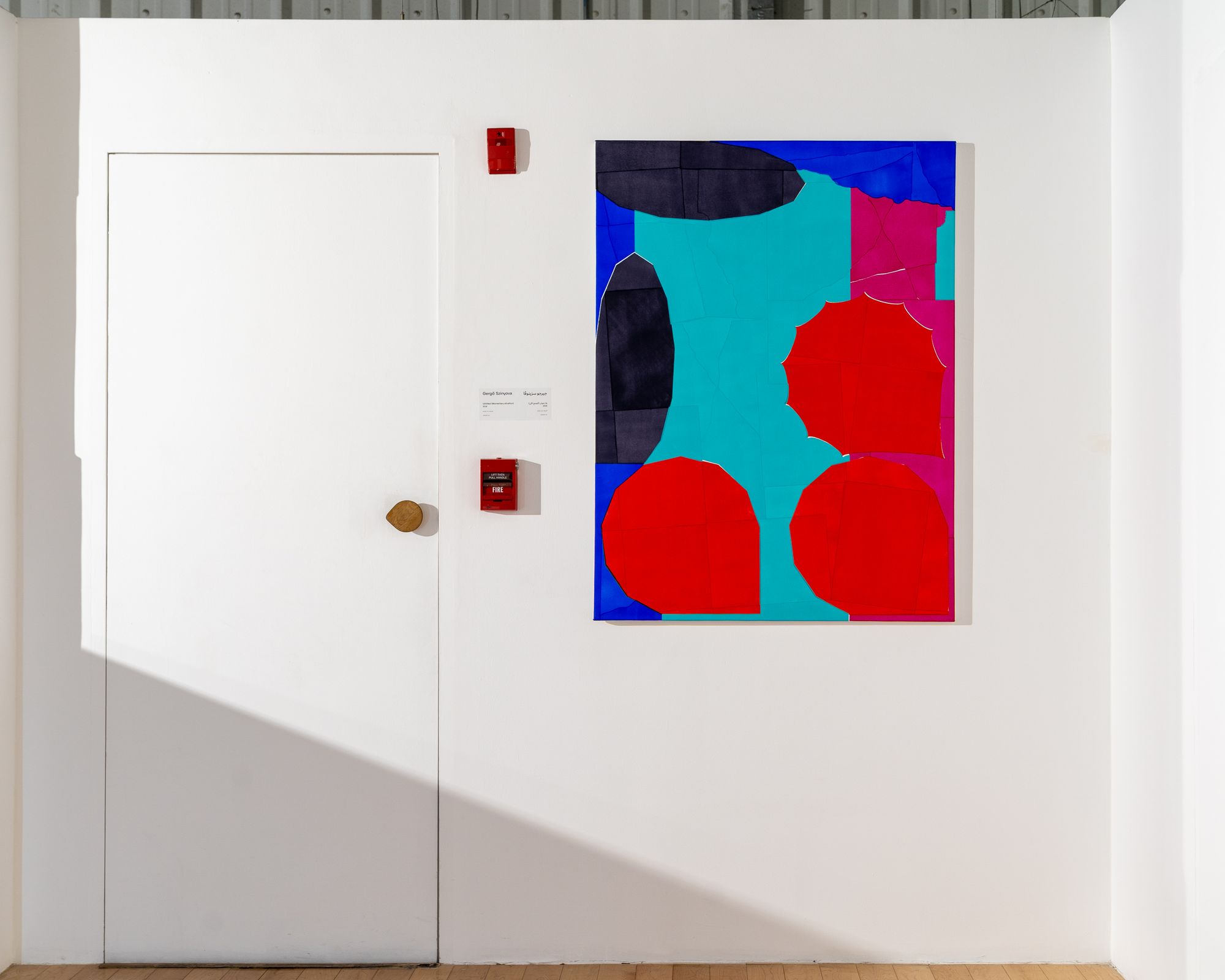
The exhibition was a collateral event of Art Week Dubai, so the artworks couldn’t be purchased, but guided tours and museum educational activities were offered to experts and the general public, as well. Visitors could see Márton Nemes’ paintings, which create a bridge between subcultures such as techno and high culture with mixed techniques. Besides traditional painting tools, he includes steel frames, foils and other unconventional materials in his artworks. As a representative of the Tumblr generation, Gergő Szinyovai remixes visual codes and reflects on the endless flow of images in digital culture. He uses a process similar to a strange risograph technique, which results in painted, yet print-like, unique image surfaces. Bea Kusovszky analyzes the visuality of different periods in art history, with nostalgic, techno-utopian results. Last but not least, Angéla Góg, a leading figure in Hungarian Food Design, introduced a unique interactive element into the exhibition space: her food installation alluded to the paintings on display, and her form of participation added to the visitors’ experience.
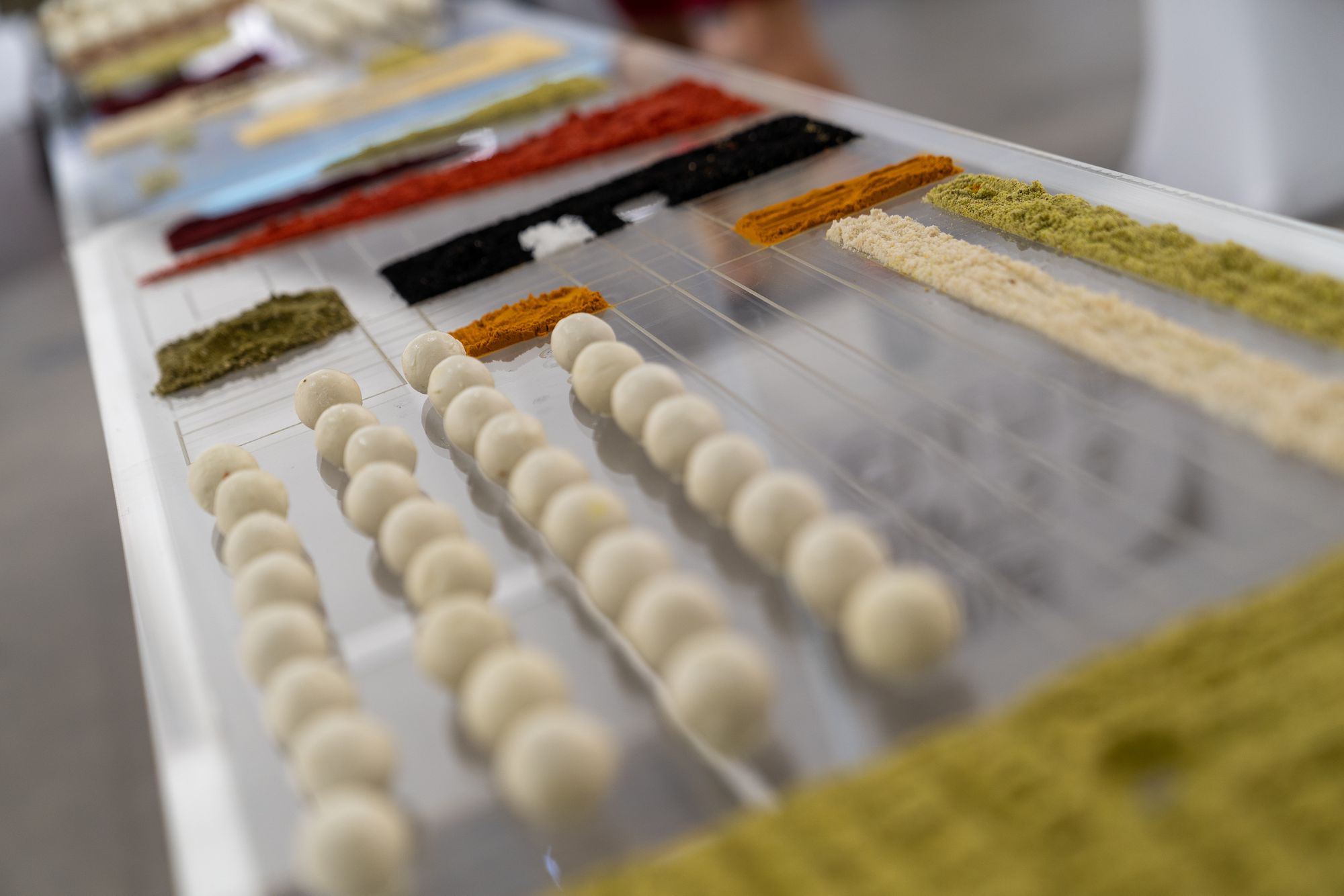
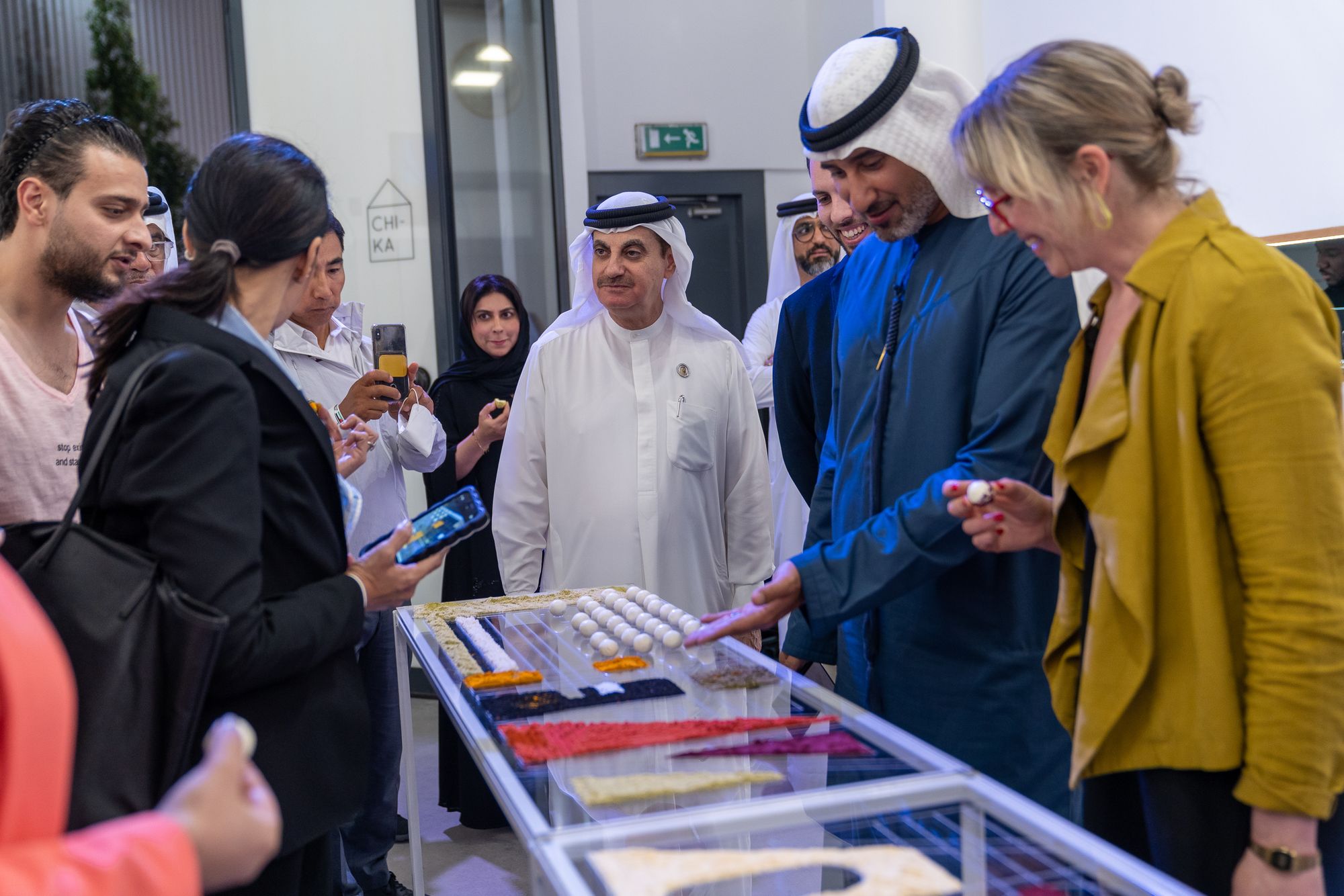
Photo: András Müller
Source: Press release
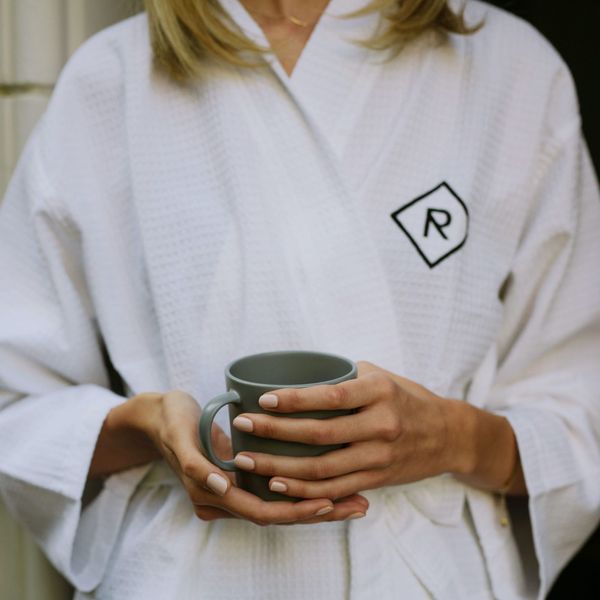
Magnificent regional hotels with outstanding identity | TOP 5

Boosting creative entrepreneurship among young talent—Interview with Craig V. Johnson, Head of MOME Incubation Program










